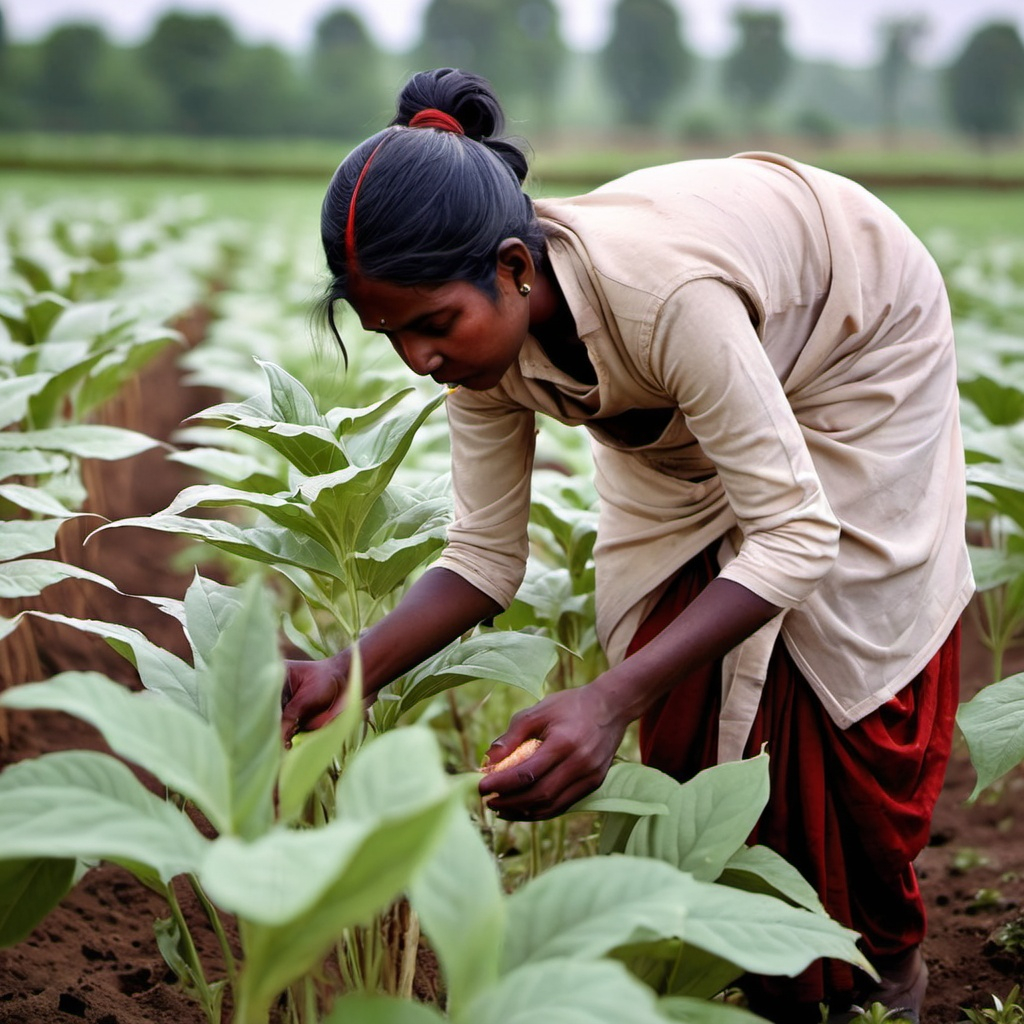
Agriculture encompasses various practices depending on the region, climate, and purpose. Below are some unique types of agriculture that play significant roles in the economy and environment.
Sericulture
Sericulture is the cultivation of silkworms for the production of silk. The primary species used is the mulberry silkworm, which feeds on mulberry leaves. Silk production involves several stages, including egg hatching, larval feeding, cocoon formation, and the extraction of silk fibers. Countries like India, China, and Japan are leading in sericulture, contributing significantly to the global silk market.
Apiculture
Apiculture, or beekeeping, is the practice of maintaining colonies of honeybees for the production of honey, beeswax, and other products. Beekeeping plays a vital role in agriculture through pollination, which increases crop yields. Apiculture also supports biodiversity by helping plants reproduce. Honeybee colonies are managed in beehives, and the honey produced is harvested for commercial purposes.
Horticulture
Horticulture involves the cultivation of fruits, vegetables, and ornamental plants. This type of agriculture focuses on garden crops and is divided into several subfields, including pomology (fruit cultivation) and floriculture (flower cultivation). Horticulture plays a crucial role in providing food, improving landscape aesthetics, and supporting the environment by enhancing green spaces.
Floriculture
Floriculture is the branch of horticulture concerned with the cultivation of flowers and ornamental plants for commercial use. It involves the production and marketing of floral crops, including cut flowers, potted plants, and garden flowers. Floriculture has a significant economic impact, especially in regions with favorable climates for year-round flower production.
Aquaculture
Aquaculture is the farming of fish, shellfish, and other aquatic organisms in controlled environments such as tanks, ponds, or marine cages. It is an essential method for meeting the global demand for seafood and reducing pressure on wild fish populations. Common species farmed in aquaculture include shrimp, salmon, tilapia, and oysters.
Organic Farming
Organic farming is a method of agriculture that avoids the use of synthetic fertilizers, pesticides, and genetically modified organisms (GMOs). Instead, it emphasizes the use of natural processes, biodiversity, and ecological balance to promote soil health and crop productivity. Organic farming is gaining popularity due to increasing awareness of environmental sustainability and the demand for organic products.
Agroforestry
Agroforestry integrates trees and shrubs into agricultural land to create more diverse, productive, and sustainable land-use systems. This practice combines agriculture and forestry techniques to improve soil fertility, reduce erosion, and provide shade and shelter for crops and livestock. Agroforestry systems can include silvopasture (trees with grazing animals) and alley cropping (trees planted in rows with crops between).
Permaculture
Permaculture is a holistic approach to agriculture that emphasizes designing sustainable agricultural systems by mimicking natural ecosystems. It involves creating self-sustaining systems that require minimal external inputs. Permaculture practices include crop rotation, composting, water conservation, and the use of perennial plants. It aims to enhance biodiversity, reduce waste, and promote food security.
Hydroponics
Hydroponics is a soilless method of growing plants in nutrient-rich water. This system allows for the efficient use of space and water, making it an ideal solution for urban agriculture or areas with limited arable land. Hydroponics is widely used for growing leafy greens, herbs, and tomatoes, and it offers year-round cultivation in controlled environments.
Animal Husbandry
Animal husbandry involves the breeding and care of livestock such as cattle, sheep, goats, and poultry for meat, milk, wool, and other animal products. This type of agriculture is essential for food production and contributes to the livelihoods of millions of people worldwide. Modern animal husbandry includes practices such as selective breeding, veterinary care, and the use of technology to monitor animal health.
Sustainable Agriculture
Sustainable agriculture aims to meet the needs of current and future generations by using farming practices that protect the environment, conserve resources, and promote long-term economic viability. It involves techniques such as crop rotation, conservation tillage, and integrated pest management. The goal of sustainable agriculture is to create systems that are both productive and environmentally responsible.